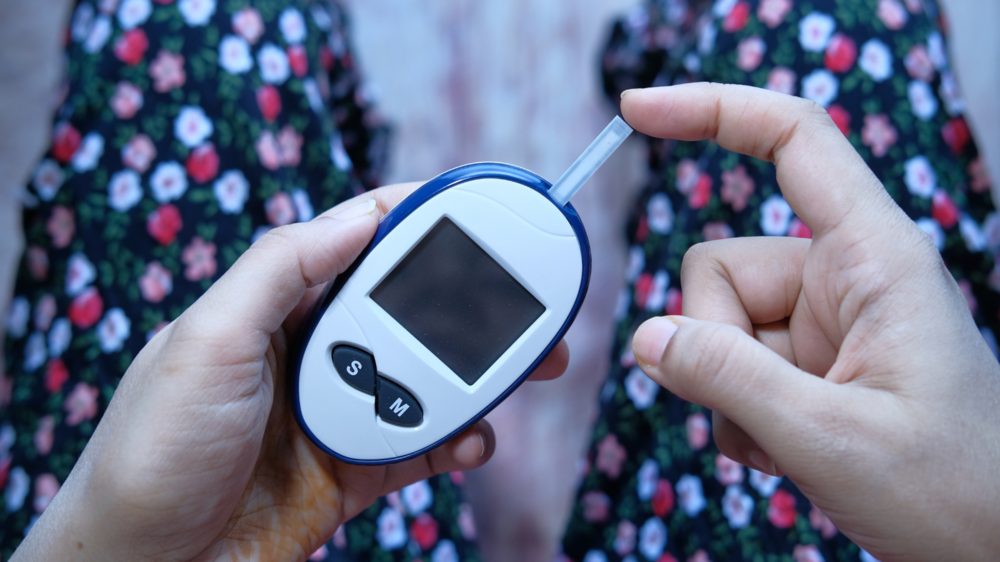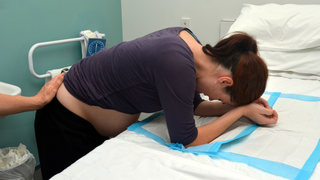In this article:
Understanding Childhood Diabetes
Childhood diabetes generally falls under two categories:- Type 1 Diabetes:An autoimmune condition where the body’s immune system mistakenly attacks insulin-producing cells in the pancreas. It usually appears suddenly and requires lifelong insulin support.
- Type 2 Diabetes:Caused by insulin resistance, often linked to poor diet, inactivity, or obesity. It is more gradual and, in some cases, preventable with lifestyle changes.
Why Are Cases Rising in India?
There isn’t one main reason for the rise. Instead, a mix of environmental, lifestyle, and family history factors add to it.- Urban Lifestyles: Increasing dependence on processed foods, sugary snacks, and reduced physical activity.
- Obesity: A growing number of children are overweight due to sedentary routines.
- Genetic Susceptibility: A strong family history of diabetes increases risk.
- Reduced Outdoor Play: Technology has replaced physical games, reducing calorie burn.
- Early-Life Nutrition Patterns: Poor maternal nutrition or low birth weight can increase risk later in life.
Early Signs Parents Should Never Ignore
Diabetes often develops slowly, so it can be easy to miss. Still, the body usually shows warning signs that parents should watch for.1. Excessive Thirst and Frequent Urination
Increased thirst and urination may signal high blood sugar, as the body tries to flush out extra glucose.2. Sudden Weight Loss
Unexpected weight loss with a normal or higher appetite can mean the body isn’t absorbing sugar effectively.3. Extreme Tiredness and Weakness
Children with diabetes may feel very tired because their bodies cannot use glucose for energy as they should.4. Increased Hunger
A diabetic child may feel hungry after meals due to inability to use glucose efficiently.5. Blurred Vision
High sugar can blur vision. Children may have trouble reading or focusing clearly.6. Slow-Healing Wounds and Skin Infections
Frequent skin infections or slow-healing wounds may result from poor blood flow caused by high glucose.7. Behavioural or Mood Changes
Irritability or dropping grades can signal unstable blood sugar affecting mood and concentration.8. Bed-Wetting in Toilet-Trained Children
Sudden bed-wetting in a toilet-trained child may point to high blood sugar.What Parents Can Do Immediately
Being aware is the first step, but taking action is important. If you see these signs, don't worry—see a doctor right away.Here are a few important steps:
- Consult a Paediatrician: Get a blood glucose test or an HbA1c test to confirm.
- Track Symptoms: Keep a simple diary of eating habits, energy levels, and toilet frequency.
- Avoid Self-Medication: Diabetes in children requires professional diagnosis and care.
- Stay Calm and Supportive: Early detection can lead to effective management and a normal, healthy childhood.
Supporting a Child Diagnosed with Diabetes
Managing diabetes in children can feel overwhelming at first. However, with the right approach, families can adapt easily.Build a Balanced Diet
- Focus on whole grains, fruits, and vegetables.
- Limit refined sugars and packaged snacks.
- Encourage homemade meals with balanced portions of protein, fibre, and healthy fats.
Encourage Daily Movement
- Physical activity helps the body use insulin more effectively.
- Choose activities the child enjoys—cycling, dancing, swimming, or yoga.
- Avoid overexertion, especially in very young children.
Create an Emotional Safety Net
- Educate friends, teachers, and caregivers about diabetes management.
- Normalise conversations about health and insulin use.
- Encourage open communication to help the child feel supported, not different.
Regular Check-Ups
- Schedule regular visits with a paediatric endocrinologist.
- Monitor blood glucose levels as advised.
- Watch for any other signs of imbalance, such as vision changes or fatigue.
Preventive Steps for All Parents
Even if your child shows no signs, preventive care can reduce risk.- Encourage outdoor playtime daily.
- Offer water instead of sugary drinks.
- Limit screen time and promote family physical activities.
- Introduce healthy nutrition habits early, such as including fruits, vegetables, and whole grains.
- Regular health check-ups help detect early metabolic changes before symptoms appear.
Childhood diabetes is more than a medical issue; it is also a growing concern in Indian society. As lifestyles change, parents need to stay informed. Spotting symptoms early can prevent serious problems and help children live full, active lives.
The most important things are early detection, healthy eating, emotional support, and regular care. Every small effort matters. When parents stay informed and pay attention, they can help their child do well with diabetes, not just get by.
Whether you’re pregnant, a new mom, or navigating postpartum, you don’t have to do it alone. Join our support group to connect, share, and support one another.
FAQs on Childhood Diabetes on the Rise in India: Know the Early Symptoms Before It’s Too Late
- Can childhood diabetes be cured completely?
Type 1 diabetes cannot be cured, but can be effectively managed with insulin and lifestyle changes. Type 2 diabetes in children, if detected early, can often be reversed with healthy eating and regular exercise. - Is childhood diabetes hereditary?
Genetics can play a role, but not every child of a diabetic parent develops the condition. Environment, diet, and physical activity also strongly influence the risk. - How often should a child’s blood sugar be tested?
If your child has symptoms or a family history, consult a paediatrician for advice. Routine testing may be done annually or more often if risk factors are present.






